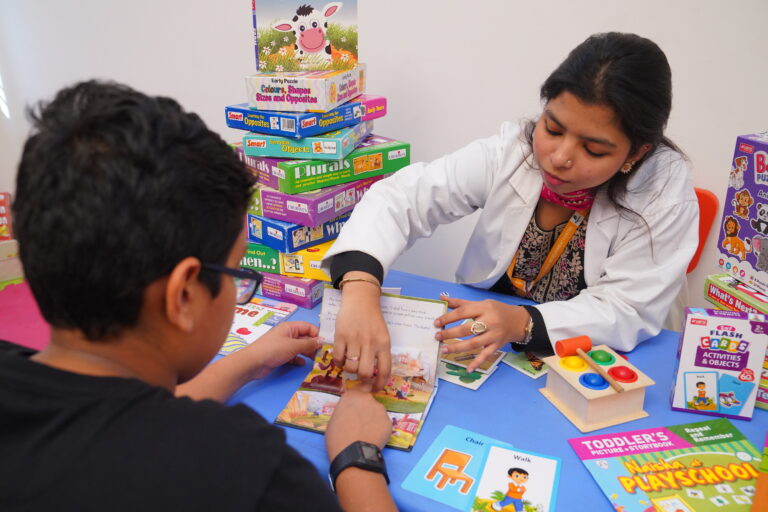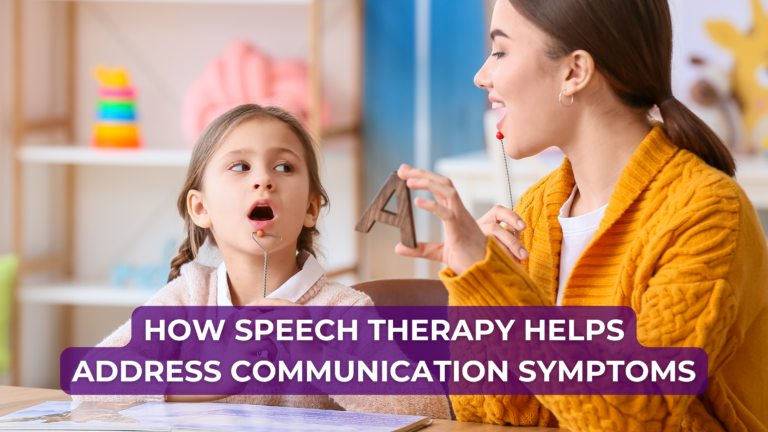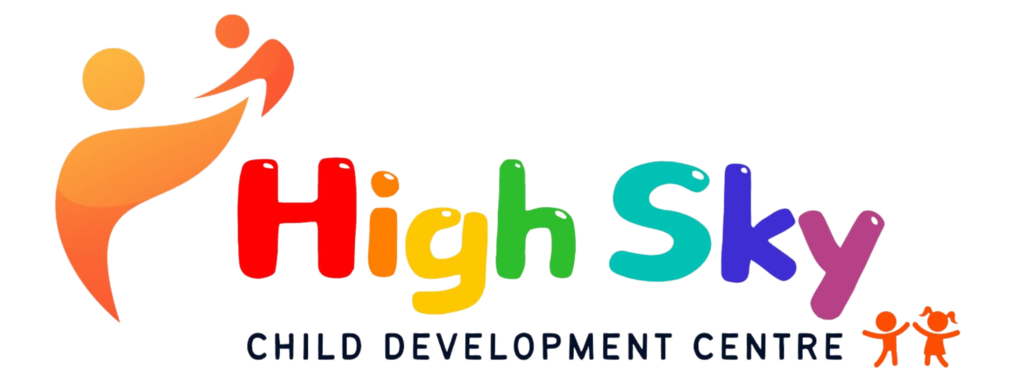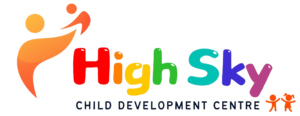Speech Therapy for Children with Autism: Addressing Symptoms, Techniques, and Strategies for Success
Speech therapy is a vital intervention for children with autism, helping them overcome communication barriers and enhancing their ability to express themselves. This guide focuses on common communication symptoms in children with autism, how speech therapy addresses these challenges, and practical ways for parents to support progress.

Recognizing Communication Symptoms in Children with Autism
Children with autism often display unique challenges in communication, which can vary in severity. Identifying these symptoms early is the first step toward effective intervention.
- Delayed Onset of Language Development:
Some children with autism may begin speaking much later than their peers, or they may struggle to develop age-appropriate language skills. - Problem in Articulation:
Difficulty pronouncing words correctly, leading to unclear or hard-to-understand speech. - Repetitive and Stereotypic Phrases:
Repeating the same words or phrases without appropriate context or understanding. - Lack of Appropriate Vocabulary Skills:
Struggles to use a wide range of words effectively, often leading to limited expressive language abilities.
If you notice any of these signs in your child, don’t wait. Start speech therapy as soon as possible by consulting a professional speech therapist.

How Speech Therapy Helps Address Communication Symptoms
Common symptoms include:
- Improves Verbal Communication:
Speech therapy focuses on expanding vocabulary, improving articulation, and helping children form meaningful sentences. - Teaches Social Communication Skills:
Children learn to interpret non-verbal cues, maintain eye contact, and engage in two-way conversations. - Provides Tools for Non-Verbal Communication:
For non-verbal children, therapists introduce alternative communication methods like sign language, visual aids, or speech-generating devices. - Reduces Frustration and Behavioral Challenges:
By improving communication skills, children can better express their needs and emotions, reducing frustration and meltdowns.
Key Speech Therapy Techniques for Children with Autism
Speech therapists use evidence-based strategies to address communication symptoms effectively. Some of the most impactful techniques include:
Common symptoms include:
- Picture Exchange Communication System (PECS):
PECS helps children use images to express their needs and thoughts, particularly effective for non-verbal communication. - Augmentative and Alternative Communication (AAC):
AAC tools, such as apps and speech-generating devices, support children who struggle with spoken language. - Social Stories for Communication:
Customized stories help children understand social scenarios, teaching appropriate ways to respond and interact. - Play-Based Therapy:
Using play as a medium, therapists create engaging and enjoyable learning experiences for younger children. - Modeling and Imitation:
Therapists demonstrate correct speech and social behaviors, encouraging children to imitate and practice them.

When to start Speech Therapy?
How Parents Can Support Speech Therapy at Home?
Common symptoms include:
- Proper Diagnosis
Consulting a professional to identify the root causes of communication challenges is a crucial first step toward effective speech therapy. - Self-Regulatory Zone of Your Child
Focus on understanding and supporting your child’s emotional and sensory needs to create a balanced and productive environment for communication. - Practice Speech Exercises Daily
Integrate therapy exercises into routines like mealtimes, play, or bedtime to reinforce learning. - Celebrate Progress
Acknowledge and reward small achievements to keep your child motivated and encouraged.

Overcoming Challenges in Speech Therapy!
Common symptoms include:
- Explore your child’s needs without comparing them with others:
Understand your child’s unique needs without comparisons. Speech and language delays may stem from sensory, behavioral, or cognitive issues, requiring occupational, behavior, or cognitive therapy before starting speech classes. - Reluctance to Participate
Start with activities your child enjoys, such as storytelling or games, to make sessions more engaging. - Slow Progress
Progress may take time, but celebrating every small win helps maintain momentum. - Access to Resources
Explore teletherapy and online tools to ensure consistent practice at home.
Success Stories from High Sky CDC: Real-Life Transformations
- Swapna Jawalkar: “The therapists at High Sky CDC have transformed my 4-year-old’s communication. He went from saying a few words to forming full sentences and even singing rhymes. The dedication of Priyanka ma’am and her team is unmatched!”
- Braja Das: “High Sky CDC made a significant impact on our child’s speech development in just three months. The therapists are caring and create a strong bond with the children, which fosters faster progress.”
Conclusion
Speech therapy is a cornerstone in supporting children with autism, helping them overcome communication challenges and thrive. By understanding the symptoms, leveraging tailored techniques, and supporting therapy at home, parents and caregivers can unlock their child’s potential. Whether verbal or non-verbal, every child deserves the tools to express themselves and connect with the world.
Connect with High Sky Child Development Centre today for your child assessment and start your speech journey today!

